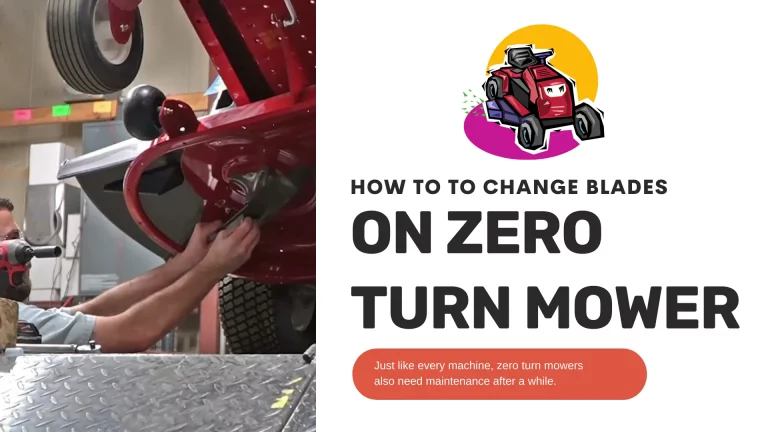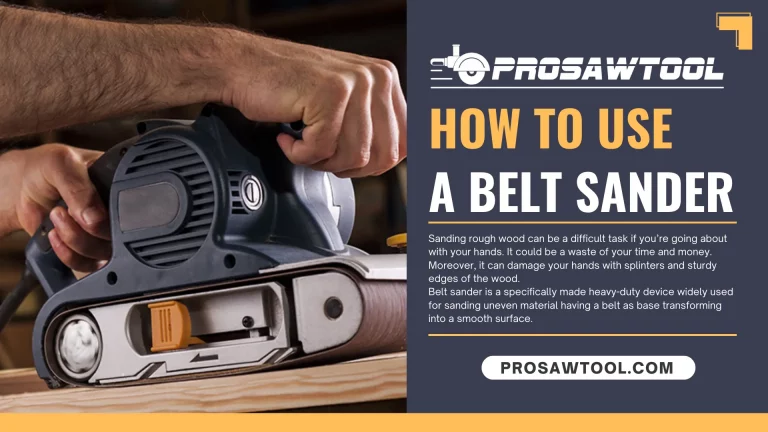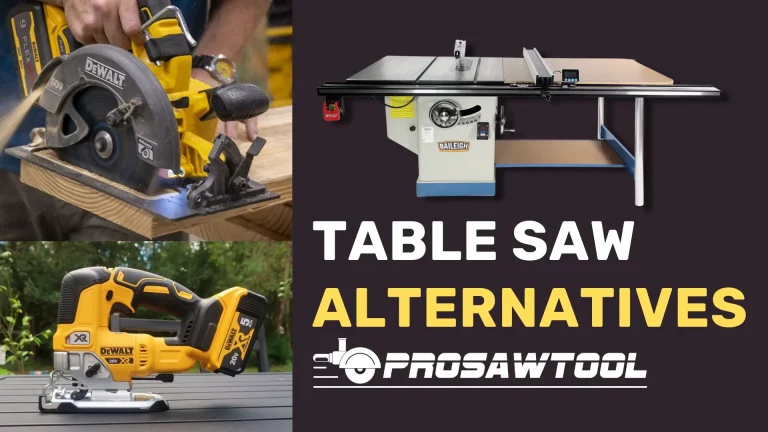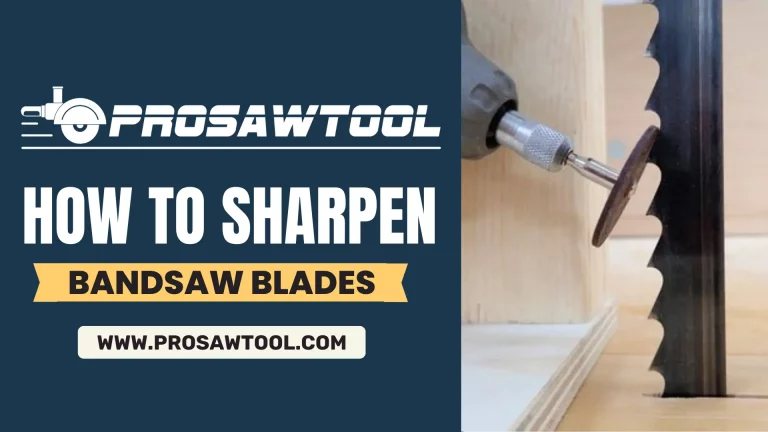How To Use A Circular Saw? Tips & Safety 2024
Are you a DIY enthusiast who is fed up with keeping their passion limited to painting furniture or wooden pieces? Maybe it’s about time you level up your passion and try your hand at actually making some pieces for furniture. You can make that book ledge you have been thinking about for so long, or those removable drawer inserts you imagine will be so convenient—also, that tiered planter, which will be such a beautiful touch in your home.

You can do these fun and creative projects easily and safely using a circular saw. Maybe you did consider it but got intimidated by the large roaring blade. It’s understandable but unnecessary. Don’t be intimidated and perhaps thinking that the electric and powerful tools are only for professionals. Here is an elaborated step-wise guide on how to use a circular saw. Keep reading, and by the end, you’ll be brainstorming for the new projects you can do with the tool!
How to Use a Circular Saw
Step 1: Support the Workpiece
While using a tool as powerful and potentially dangerous as a circular saw, it’s important to ensure that the work surface above which you are sawing the workpiece is safe. You need to make sure that the workpiece is stable, which can be difficult. If not taken care of, you risk cutting into the sawhorse or workbench, whatever you are using. What you need is to provide some grip underneath the workpiece so it remains steady, and the work surface remains safe.

For that, you can use a thick foam or a rigid insulation board placed on top of the work surface and underneath the workpiece. It will give the workpiece a steady grip where it will not move or slip as you work on it. You can also use the board if you are working on the floor with your workpiece. But never place the work material directly over a table, bench, or floor, you risk not damage not just to the surface, but the blade of the saw as well.
Step 2: Make Accurate Measurements and Marks
Measuring and making precise marks on the workpiece is important if you want accurate cuts from the tool. You can either make straight lines on the work material, or you can mark a ‘V’ whose tip has to point exactly at the measurement you have taken of the line. Use a carpenter’s pencil, pen, or a marker and a ruler or anything through which you can make a straight line.

Make sure that the marks are dark and visible to be seen easily. These marks or lines will help you make accurate straight cuts by guiding the saw to where it needs to go. While deciding the cuts and making the marks, keep in mind that circular saws are preferably used for straight cuts rather than curved cuts. They offer more precision and accuracy in the former than they do in angled cuts.
Step 3: Choose the Right Blade
The cut results that your circular jigsaw will yield depend largely on the type of blade you use; yes, these come in different sizes and types. This is especially crucial to consider if you are cutting materials other than wood; different materials require different types of blades. Starting with the size, for wood with normal thickness, a 6.5 inches blade is enough. For thicker wood with about 2.25 inches thickness, a 7.25 inches blade is preferred. For tougher and thicker materials, an 8 to 10 inches blade is used. Please check the differences between jigsaw and circular saw in detail.

As for the types of blades, these also vary according to the outcome and working material. The simple formula is, more the teeth, the more precise the cut will be, lower number of teeth will deliver relatively rougher cuts, but such a blade works faster. If you are just cutting wood, there is no specific requirement except what you prefer.
For smooth and precise cuts, go for more teeth. In case you want faster performance, go for a lesser teeth blade. A thin material like plywood requires a smoothly working blade with more teeth, so it doesn’t get damaged. For tougher materials like metal and steel, choose an abrasive blade that is designed for such projects.
Step 4: Adjust the Saw Blade Depth
Adjusting the depth of the saw blade is important for accurate outcomes as well as safety purposes. There is a depth adjustment lever or knob on a circular saw through which you can raise or lower the blade’s bottom plate.
Adjust the depth by lowering the bottom plate to ⅛ to ¼ inch below the workpiece, not more than that. That much exposure of the blade is enough for the saw to perform accurately, without any risk or danger. Otherwise, there is not just a potential threat but high chances of poor cuts as well. Here are some of the compact circular saws.
Step 5: Start Cutting
Before bringing the saw in contact with the workpiece, turn it on at a distance and let it reach its full speed. This will eliminate the chance of the saw jerking back, which can happen if you start it while already in contact with the piece. That will also account for a smoother and cleaner cut. Align the blade perfectly to the marking you have done and get started.

There are a number of small but necessary tips to make sure you get an accurate cut easily. Remember that the thickness of the blade can exceed that of the line you have made on the material, or cutting directly onto the line will cut out the measurement. So, avoid that, rather cut a bit beside the line to keep it intact and guide you. Don’t apply force and pressurize the saw or try to jerk it forward; it doesn’t work that way. Let the tool move along at its own speed, smoothly and accurately, as you make sure the blade remains in line with the measurements.
Final Words
A circular saw makes a great tool for DIY and fun home upgrade projects. Now that you know that using it is not as difficult or threatening as the tool itself seems, it’s time to shape all those ideas you have been having into reality. Let this article be there with you all along as you do that.
The elaborated step-by-step guide will not let you or your circular saw waver as you carve out cuts after cuts with perfect accuracy. Just make sure that you follow all the instructions and tips mentioned here.






